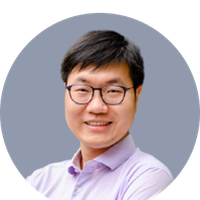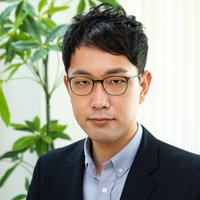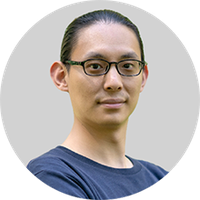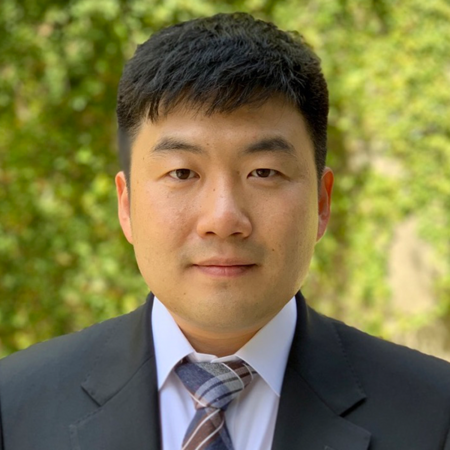Today, astonishing
advances in our ability to manipulate quantum mechanical systems are ushering
in fundamentally new approaches to basic science research as well as the
development of their applications. In order to build, control, and utilize
large-scale quantum devices, it is crucial to adapt state-of-the-art
experimental techniques, develop novel ideas to stabilize fragile quantum
states, and design algorithms or protocols that can harness the
counterintuitive laws of quantum mechanics, simultaneously. Thus, the worldwide
effort to improve our understanding of quantum systems and to realize practical
applications is bringing various disciplines of physical science, from
theoretical physics to computer science, together, leading to the birth of a
new interdisciplinary research direction, called quantum information science
and technology (QIST).
Professor Soonwon Choi is a
young scientist working at the intersection of various fields of physical
science, with his expertise spanning from condensed matter to quantum
information. Born in Seoul, Prof. Choi grew up in Korea and then moved to the
United States for his undergraduate education at Caltech. Choi was initially
trained in quantum optics and condensed matter physics at Havard, where he
obtained his PhD degree. After joining UC Berkeley as a Miller Fellow, Choi
started exploring novel quantum phenomena using quantum information theory as
the main toolset, resulting in several pioneering contributions to quantum
machine learning, nonequilibrium physics, and quantum simulation. Since 2021,
Choi has been a faculty member at the Center for Theoretical Physics at MIT.
One of the unique aspects
of Choi’s research is that it is highly interdisciplinary, stretching across
different fields of physical sciences. Choi’s theory proposals often allow for
immediate implementation in laboratories, thus bridging the gap between theory
and experiment, bringing several communities around QIST together, and helping
them advance synergistically. His representative contributions to QIST include the development of robust ways to control quantum dynamics, the observation of
a discrete time crystalline phase, the proposal and analysis of quantum
convolutional neural networks, the study of quantum many-body scarring, and,
most recently, the development of a theoretical framework to explain exotic
phase transitions that occur in quantum circuits.




